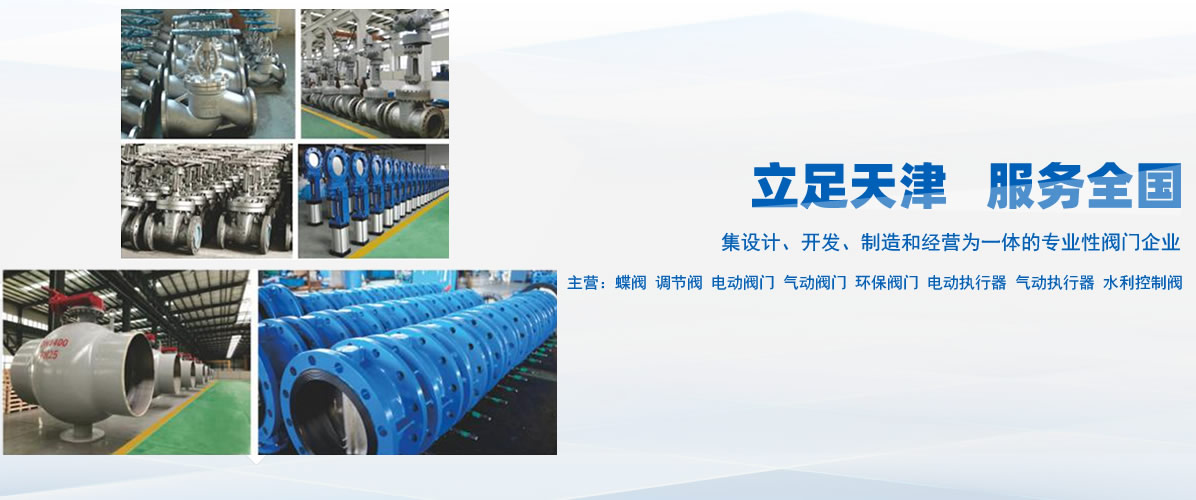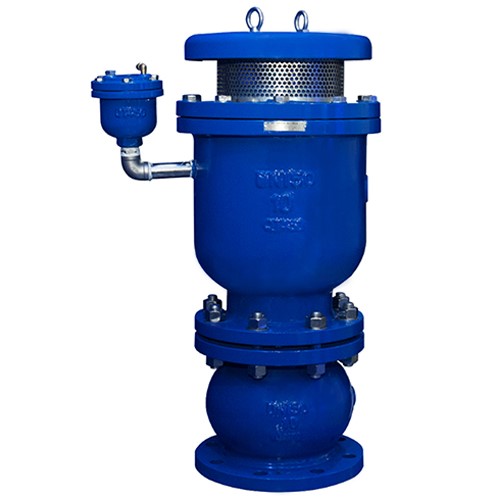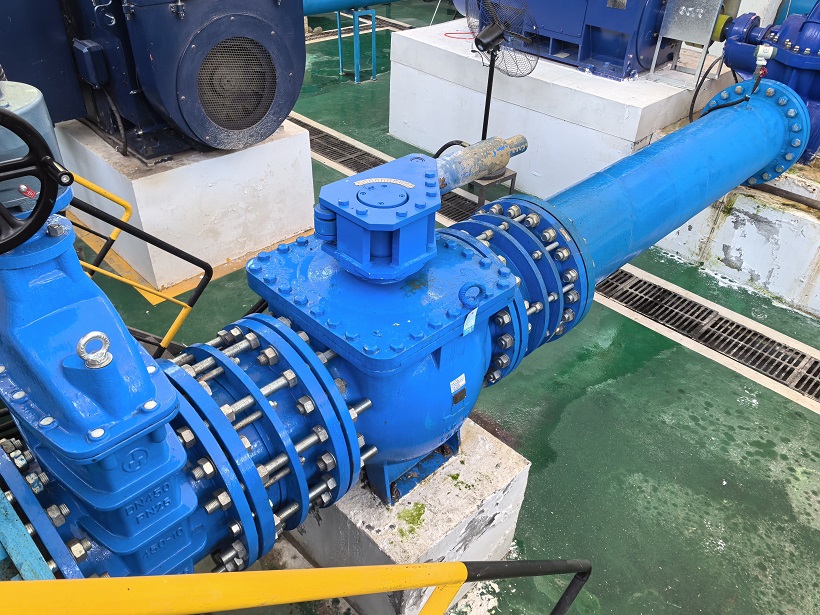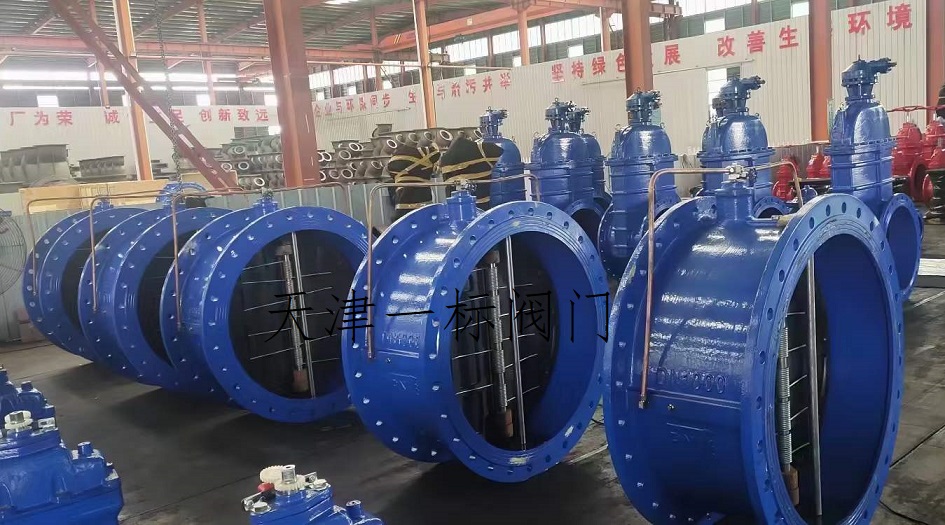Automatic backwash filter
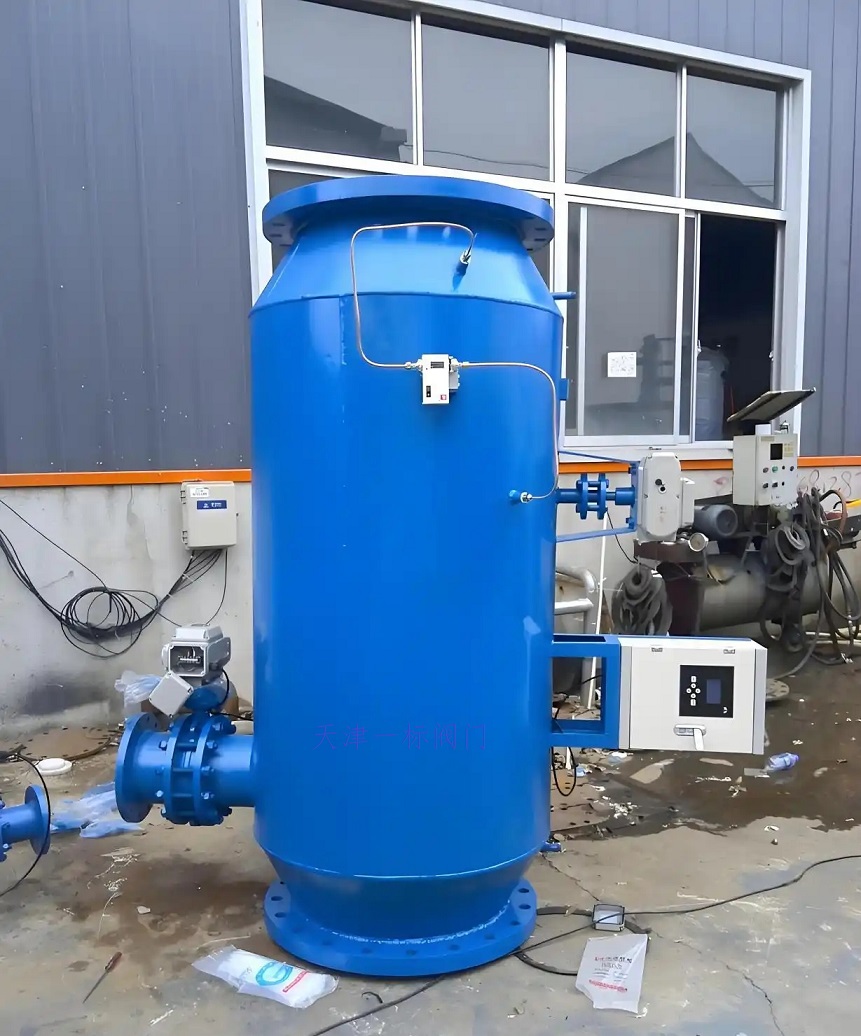
The following is a detailed technical analysis of the automatic backwash filter, including its working principle, technical parameters, application scenarios, and selection suggestions:
1. Core working principle
The automatic backwash filter triggers the backwash process through differential pressure control or timed control:
Filtration stage: The fluid passes through a filter screen to intercept impurities, and the clean medium is discharged from the outlet.
Backwash trigger: When the pressure difference between the inlet and outlet reaches the set value (such as 0.1MPa) or the time reaches the preset cycle, the PLC control system starts the backwash program.
Online cleaning: The drain valve is opened, and the water flows in reverse to flush the filter screen. Impurities are discharged through the drain outlet, taking 15-60 seconds and consuming only 0.08% -0.6% of the filtered water.
2. Key performance parameters
Typical Range Description of Parameters
Filtering accuracy 10-3000 microns (10-3000 μ m), customizable ultra-fine filter (such as 100 μ m)
Special design is required for high-pressure models with working pressures ranging from 0.1 to 1.6 MPa (such as PN25)
Flow range 4-4160 m3/h, single equipment covers mainstream industrial demand
Control mode: differential pressure/time/manual support PLC/PAC intelligent control
Installation form: Vertical/Horizontal/Inverted to adapt to different spatial layouts
3. Typical application scenarios
Metallurgical industry: High pressure water descaling system filters and intercepts iron oxide scales.
Chemical industry: Circulating cooling water treatment to prevent heat exchanger blockage.
Agricultural irrigation: Pre filtration of drip irrigation system to remove sediment (accuracy 100-200 μ m).
Municipal water supply: Mechanical impurity filtration in the water plant ensures the safety of the pipeline network.
4. Comparison with basket filters
Features: Automatic Backwash Filter Basket Filter
The degree of automation is fully automatic (without manual intervention) and requires manual disassembly and cleaning
Low maintenance cost (no need to replace the filter screen) and high maintenance cost (regular replacement of the filter basket)
Applicable scenarios: Intermittent operating conditions of continuous operation systems
选型建议





